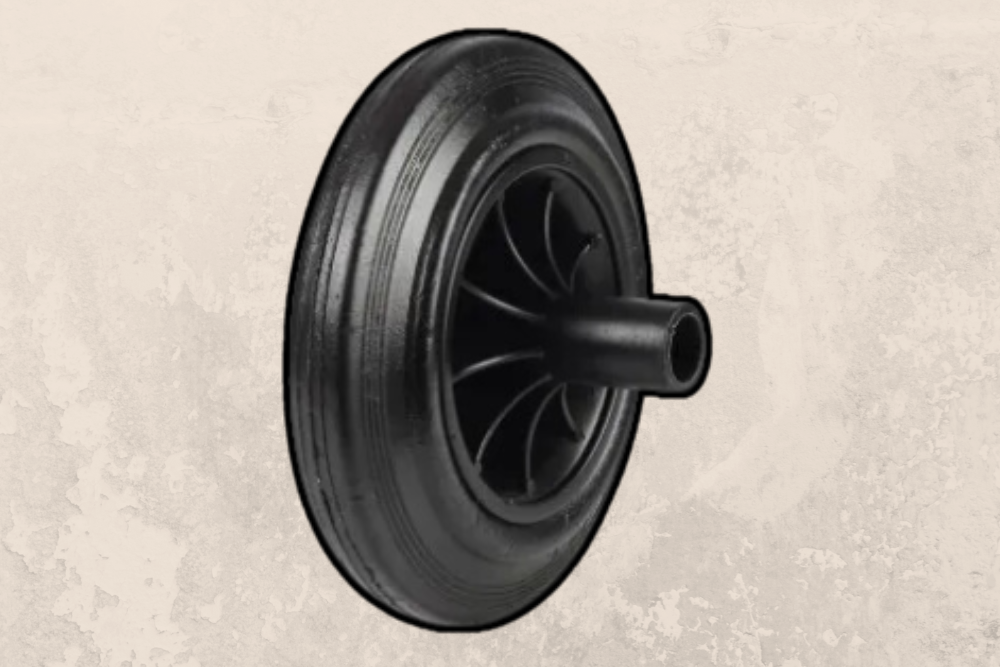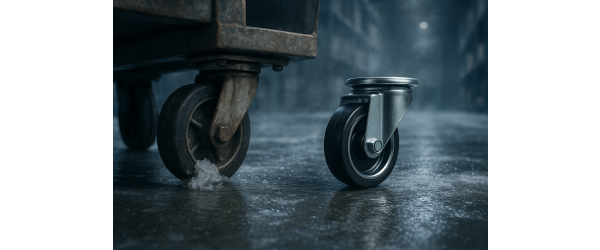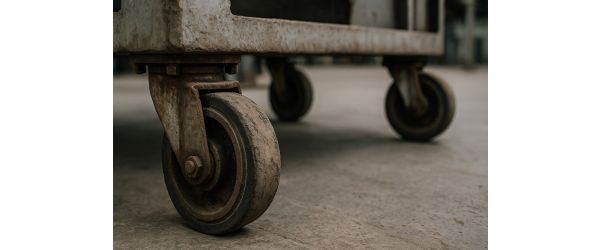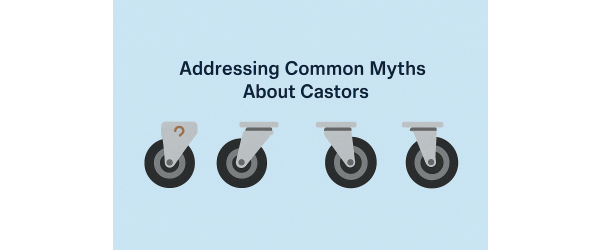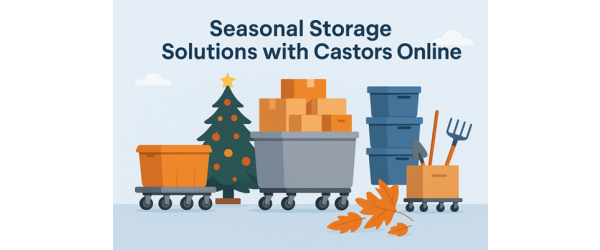When it comes to trolleys, whether in industrial settings, warehouses, or even around the home, the performance and stability of the equipment largely depend on one key component: the axle. The axle, often overlooked, plays a crucial role in ensuring that your trolley operates smoothly, safely, and efficiently. In this blog post, we'll explore the critical role of trolley wheel axles and how they influence the overall performance of your equipment.
What Is an Axle?
An axle is a central shaft that connects the wheels of a trolley, allowing them to rotate and bear the load of the items being transported. Axles come in various sizes and designs depending on the type of trolley and the load it is intended to carry. In essence, the axle acts as the backbone of the wheel assembly, providing the necessary support for both stability and movement.
Why Are Axles Important for Trolley Performance?
- Load Distribution:
- The axle
is responsible for evenly distributing the weight across the wheels, ensuring the trolley remains balanced. This is especially important when transporting heavy or uneven loads. A poorly designed or weak axle can result in unequal weight distribution, leading to instability and increased wear on the wheels. - Smooth Movement:
- High-quality wheel axles enable smooth, friction-free movement of the wheels, making it easier to manoeuvre the trolley, even with heavy loads. Properly aligned axles reduce resistance, allowing the wheels to glide smoothly across different surfaces.
- Durability:
- A strong, durable axle is essential for long-term trolley performance. Trolley wheel axles made from robust materials such as steel or reinforced alloys are capable of withstanding the constant pressure of heavy loads, ensuring that your trolley remains functional and safe over time.
Types of Trolley Wheel Axles
- Fixed Axles:
- These axles do not rotate with the wheels but instead remain stationary while the wheels rotate around them. Fixed axles are typically used in trolleys that require straight-line movement and are suitable for heavy-duty applications, such as warehouse trolleys and industrial carts.
- Swivel Axles:
- Swivel axles allow for greater manoeuvrability, enabling the trolley to move in different directions. These are typically used in trolleys that need to navigate tight spaces or frequently change direction, such as shopping carts and medical equipment trolleys.
- Adjustable Axles:
- Adjustable axles allow the user to change the height or width of the wheel placement, providing flexibility in handling different loads. This can be beneficial for multi-use trolleys that carry various types of materials in different environments.
Key Factors to Consider When Choosing Axles for Trolleys
- Material and Strength:
- The material of the trolley wheel axles directly impacts the durability and performance of the trolley. Heavy-duty trolleys typically require axles made from steel or reinforced materials that can handle high loads without bending or breaking.
- Load Capacity:
- Always consider the maximum load capacity of the axle. Exceeding this limit can result in damage to the axle and, ultimately, the trolley. Ensure the wheel axles you choose are designed to handle the weight of your trolley and its typical load.
- Length and Sie:
- The length and diameter of the axle must be appropriate for the size of the trolley and its wheels. If the axle is too short or too thin, it may not provide adequate support, leading to instability. Make sure to match the specifications of your axles to the specific requirements of your trolley.
- Bearing Types:
- Bearings within the wheels are crucial for ensuring smooth rotation. Depending on the application, you may need axles that support ball bearings, roller bearings, or bushings. The right bearing type will enhance the longevity and performance of both the axle and the wheels.
How to Maintain Your Trolley Wheel Axles
To ensure that your trolley wheel axles continue to perform optimally, regular maintenance is essential. Here are some tips:
- Regular Inspections:
- Check the axle and wheels for signs of wear or damage. Over time, heavy loads and frequent use can cause the axle to bend, rust, or wear down. Inspect the axle regularly to catch any issues before they lead to failure.
- Lubrication:
- Lubricate the axle and wheel bearings periodically to reduce friction and ensure smooth movement. Proper lubrication helps prevent rust and prolongs the life of the axle.
- Tighten Fasteners:
- Ensure that the fasteners connecting the axle to the trolley frame are secure. Loose bolts or nuts can cause the axle to shift or become unstable, affecting the performance of the trolley.
- Replacement When Necessary:
- If the axle shows signs of significant wear, it’s crucial to replace it immediately. A damaged axle can compromise the stability of the trolley, leading to accidents or equipment failure.
Conclusion
The axle is an often-underappreciated component of trolley design, but it plays a fundamental role in ensuring stability, smooth operation, and long-term durability. Whether you are replacing old axles or selecting new ones for a custom-built trolley, always consider factors such as material strength, load capacity, and axle type. By choosing the right trolley wheel axles, you can ensure your trolley performs optimally, safely, and efficiently in any industrial or commercial setting.
For a wide range of high-quality wheel axles and trolley components, visit Castors-Online.co.uk
to find the best solutions for your needs.
